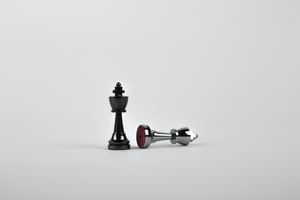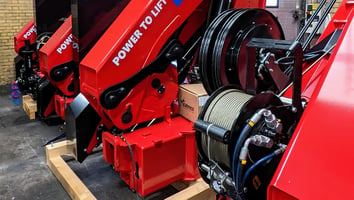Companies continually search for ways to optimize sales processes and boost customer experiences....
Product Configuration: Integrating a New Configurator Tool
Ever wondered why some companies consistently hit the mark with their product offerings while others miss?
The secret might just lie in their product configuration strategy. In a world where customization is king, having a robust product configurator isn't just nice to have; it's what we call a game-changer. And when you pair this tool with an existing ERP system, you're not just playing the game; you're changing it. This integration is not just about keeping up with the times; it’s about setting the pace.
The Evolution of Product Configuration: Long gone are the days when product configuration was a back-end, post-design process. Today, it’s at the forefront of product design and customer engagement. This paradigm shift has brought the need for configurators that not only offer flexibility and scalability but also integrate seamlessly with existing ERP systems. Such integration ensures that product data is consistent, accurate, and up-to-date, enhancing both the design process and customer experience.
Comprehensive Configurators: The Need of the Hour: A configurator that handles a wide range of products, including complex components like cabinets, is crucial. Why? Because it allows companies to cater to the unique needs of each customer, offering a tailored experience that can make all the difference in a crowded marketplace. This level of customization requires a tool that can handle a multitude of variables without compromising on speed or accuracy.
Bridging the ERP-Configurator Divide: One of the biggest challenges in integrating a new configurator with an ERP system is the translation of data and rules. It’s essential to have a configurator that not only speaks the language of your ERP but also understands it. The key lies in a conversion process that’s both user-friendly and foolproof, ensuring that the data used in the configurator reflects the rich details housed in your ERP system.
The Impact of a Well-Integrated Configurator: Imagine a system where product configurations are not just accurate but are also reflective of real-time data from your ERP. This means every change in product design, every new feature, and every customization option is immediately available for your team and, more importantly, your customers. It’s a level of synchronization that can drastically reduce errors, speed up the sales process, and improve customer satisfaction.
Looking Ahead: As we move forward, the integration of configurators with ERP systems will become more than just a trend – it will be a standard. Businesses that adopt this integrated approach early on will not only stay ahead of the curve but also set new benchmarks in customer engagement and product innovation.
Integrating a new configurator tool with your ERP system is not just about upgrading your technology stack; it’s about transforming how you design, present, and sell your products. It’s a strategic move that can redefine your product development cycle and elevate your customer experience.
In a world where customization is the new norm, can you afford not to make this leap?





